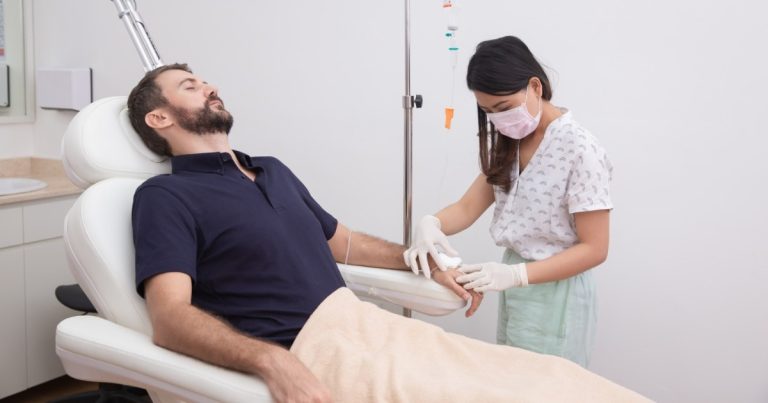Knock knee fixation in children is usually unnecessary because most children outgrow this period by the age of 6 or 11. If a child has not grown out of this stage by the age of 11, it may indicate that there is a major condition causing the knocked knee defect.
Adults with knocked knees usually have much more severe symptoms due to the severe dislocation of the knees. If you’re an adult and start noticing one or more of the following symptoms, you should definitely look into knock knee treatments:
- You walk with a limp or have difficulty walking.
- You are experiencing symptoms of severe knee pain.
- When you stand, your legs have an almost imbalanced or crooked appearance.
- You have moderate to severe joint pain to the point of stiffness.
You can encourage bones to develop in the right position in a variety of ways. Treatment for knocked knees is advised to rectify more severe malformations or knock knees which do not improve on their own, though it is not always necessary.

Surgical treatments
The following are the two primary surgical techniques frequently used for knock knee and bow leg surgery:
- Guided growth is the term of some of those surgical procedures to repair knock knees. By straightening a bone, this leg-lengthening procedure is typically used to treat bowlegs in young children or adolescents. When it comes to treating knock knees, this is invasive surgical procedure necessitates that the child or adolescent be given general anaesthesia before a scalpel blade is made to insert what is known as a tension band plate upon that knee to assist in correcting genu valgum as the child grows older. The tension band plates would be removed during a subsequent surgical procedure once the correct knock knee adjustment has been achieved.
- Osteotomy, in which doctors cut and reframe your bones, is another procedure frequently used to treat knocked knees. A chosen piece of femur bone will be removed by the surgeon using a saw tool to treat knock knees. The surgeon will then fill the empty space with small screws, or metal plates to keep your bones in place. An individual may require a considerable amount of time to recover fully from this serious surgical procedure. This type of knock-knee adjustment surgery carries a number of additional risks, including the possibility of clottings, infection, nerve damage, or of course, excruciating pain.


















